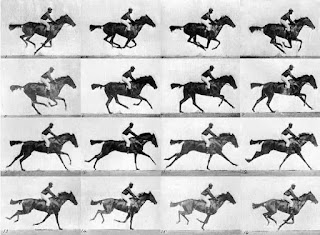Final Analysis: Candyman

To start, I have really enjoyed this class. This is not me sucking up--it's been totally fascinating to watch quite a few films that would never have occured to me to watch (namely Scream IV, Seeds of Chucky, Feed ). And truthfully, I might not have gotten around to Us or Nope so quickly if I hadn't rewatched Get Out for the class. In these lazy summer nights, it gave us something to look forward to and analyze. I also feel like the readings around gender, race, class, capitalism, heteronormativity, body, and disability have made me more literate in both discussing these issues and applying the different lens to films and readings. But to finalize my return to Candyman in relation to the readings, just a few things to note: 1. In her analysis of Kristeva's "Power of Horror" within "Horror and the Monstrous Feminine," Barbara Creed outlines the monstrous feminine as it relates to the child's relationship with his mother ("the mother and chil
